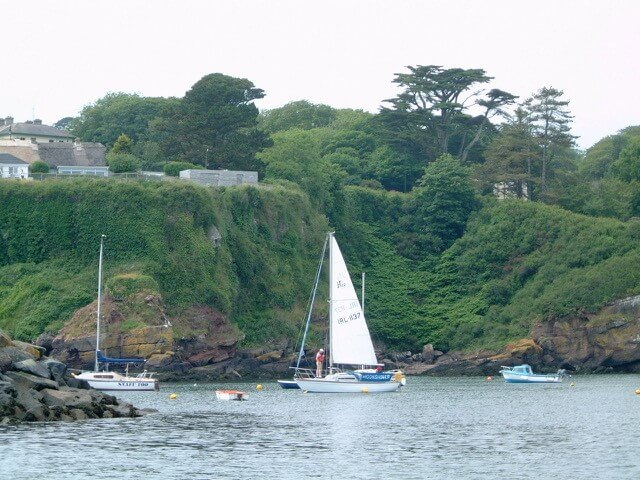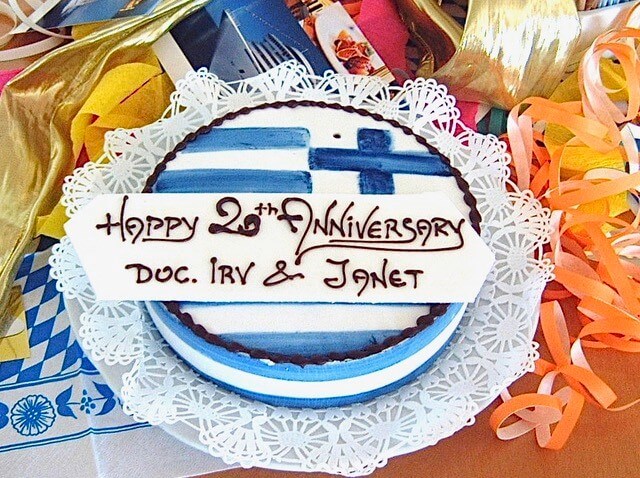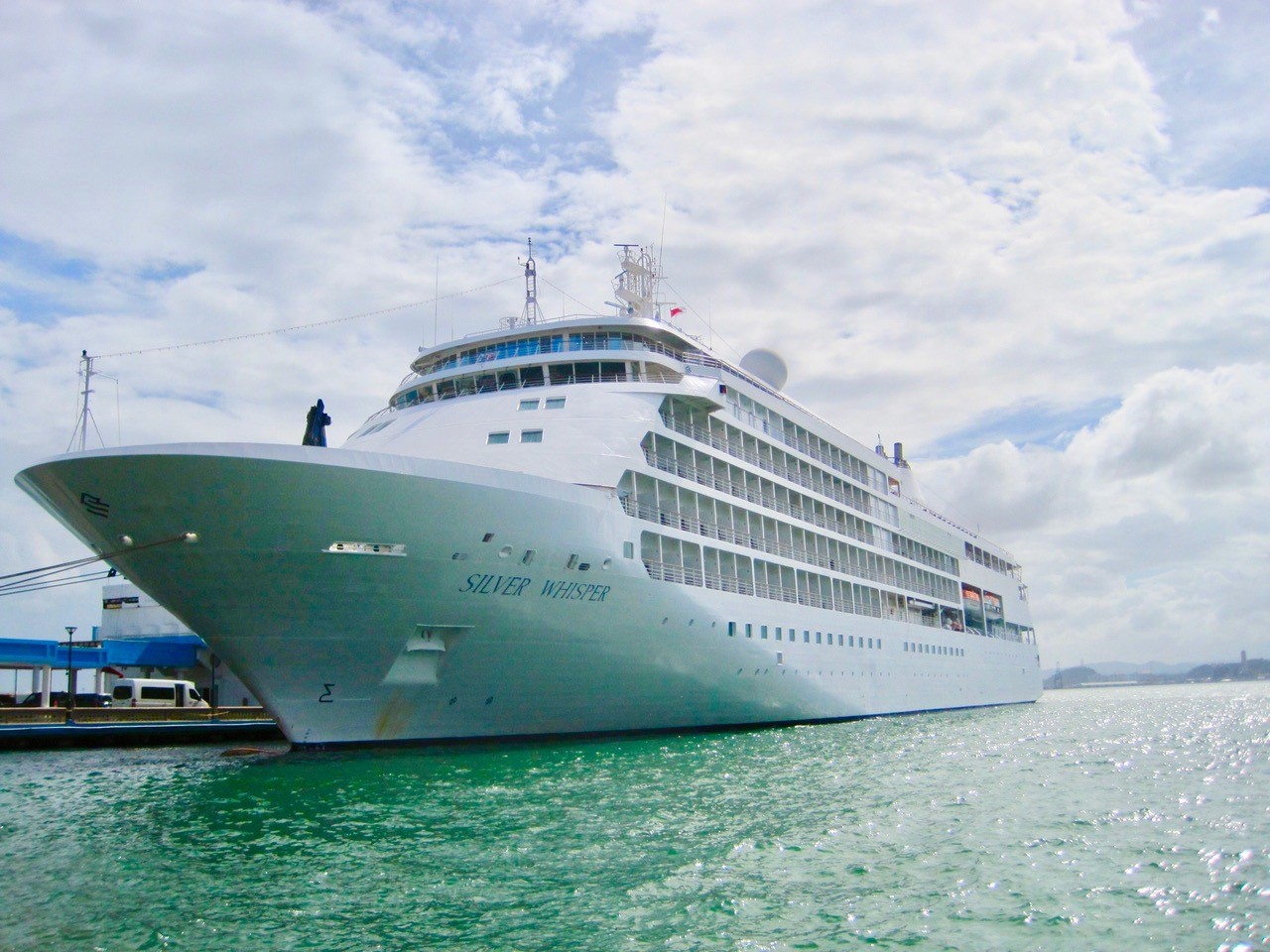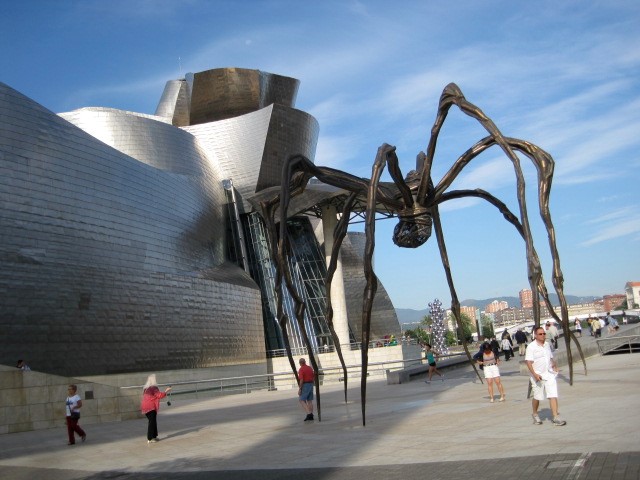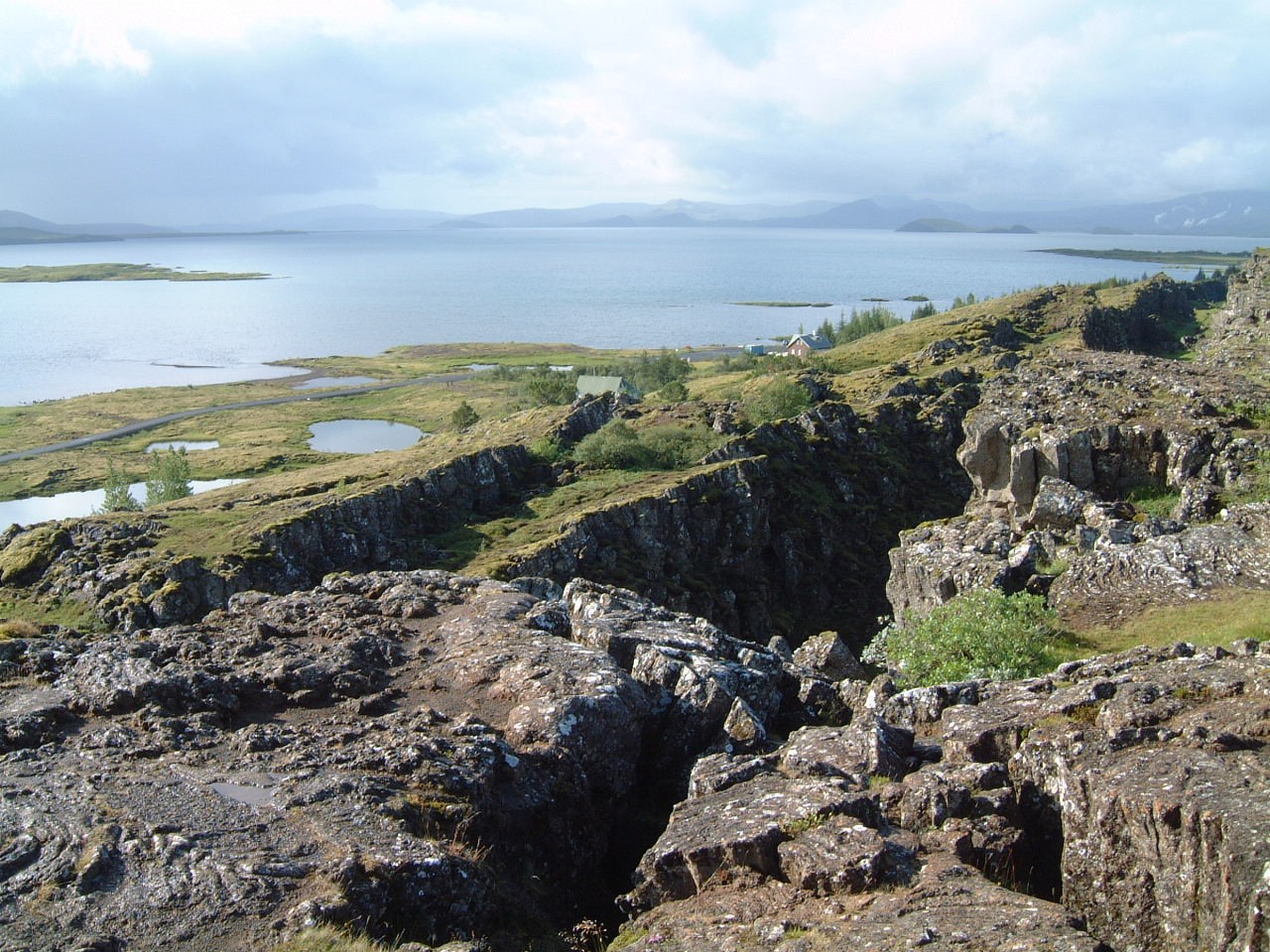By Janet Steinberg
Beware! Fado fever is catching.
Fado is the national song of Portugal. This melancholy singing expression of the state of the soul (from the Latin word
fatum) signifies prophecy or fate…a life commended by the oracle…one that nothing can change. Wherever you may travel in Portugal, you will be mesmerized by the dialogue of emotions between a round Portuguese guitar and a sad voice singing
fado.
Come along with me as we tour Portugal, the country that borders the Atlantic Ocean on the west, Spain on the east, is one of the warmest countries in Europe, and is the country some predict will be one of the top travel destinations of 2020.
LISBON: Bom dia (good day) is the friendly welcome you’ll receive as you arrive in Lisbon (
Lisboa), the scenic capital city located on the banks of the Tagus River. It has long been argued whether the Tagus River, a winding silver ribbon that mirrors the city, ebbs up to meet the city or whether Lisbon extends down to meet the river. Whatever the case, the seven hills of Lisbon and the wide mouth of the Tagus form a perfect picture postcard that is illuminated by the extraordinary amount of light that is reflected off the massive expanse of the river. Little wonder that the Tagus River is said to be a large natural mirror that amplifies the aurora of the sun.
The
Torre de Belem (Belem Tower), built in the year 1521, looks like a miniature castle on the banks of the Tagus River. It was granted
World Heritage status by UNESCO in 1983, and is one of the most popular attractions in Lisbon.
 |
| BELEM TOWER ON THE BANKS OF THE TAGUS RIVER |
The
Padrao dos Descobrimentos (Monument to Prince Henry the Navigator) is on the northern bank of the Tagus River. The monument calls forth the age of great discoveries. Thirty-four statues render images of important personalities who, one way or another, have contributed to Portugal’s reputation in the age of discovery. The main figure represents Henry the Navigator.
 |
| PRINCE HENRY THE NAVIGATOR MONUMENT |
Other attractions include the
Sao Jorge Castle, with its panoramic views of the city; Edward VII Park;
Pracia di Comerce ("Black Horse Square"); the Cathedral, with its Arab mosque design; the Chiado area's outdoor elevator designed by Gustave Eiffel of Eiffel Tower fame.
 |
| VIEW FROM EDUARDO Vll PARK |
Lisbon is known for its hearty, reasonably priced Portuguese cuisine. Fresh seafood is a staple of the Portuguese diet. Regional specialties include: grilled sardines, seafood stew called
caldeirada, and a hearty soup of spicy sausage and potatoes known a
s caldo verde. Following any dinner in Lisbon is the time to experience a melancholy fado performance.
SINTRA: When you are in Lisbon, save a day to get out of town. Head for Sintra, the picturesque town where Portuguese royalty spent their summers. The majestic and romantic Pena Palace, situated on a high mountain peak is an eclectic mixture of styles that exemplifies the 19th century Romanticism style of architecture. Vividly painted terraces, decorative battlements and mythological statues are in stark contrast to the lush greens of the forests that encircle Pena.
 |
| THE MAJESTIC PENA PALACE |
Have a typical Portuguese lunch at Restaurante Regional De Sintra or at the Seteais Palace, a deluxe five-star hotel where the walls of the public rooms are hand-painted with motifs of the 18th century. While in Sintra, don’t miss tasting the deliciously well-known tarts called
"Queijadas.”
 |
| PICTURESQUE TOWN OF SINTRA |
Return to Lisbon along a road that borders the Tagus River. The scenic route affords a peek at the former fishing port of Cascais and the turn-of-the-century luxury resort of Estoril with its renowned casino.
MADEIRA: The sub-tropical island of Madeira is part of the Portuguese archipelago that hugs the North Atlantic Ocean 400 miles west of North Africa. This flower-filled island of volcanic origin is a magical meld of Europe and the tropics. With the waters of the Gulf Stream lapping at its shores, Madeira is blessed with a near perfect year-round climate of comfortable summers and mild winters.
The island’s lush, irregularly cut mountains scrape across the sky, while the bays, the beaches, and the cliffs meet the deep blue crystalline sea. The beauty of nature is harmoniously contrasted with the cosmopolitan throb of Funchal, the capital of Madeira. The amphitheater-like city, which rises from the harbor, was named Funchal from the abundance of fennel (
funcho) that used to grow there.
No stay in Madeira would be complete without going up to Monte, either by taxi (or preferably) by cable car. In Monte, you will find the Monte Palace Tropical Garden and the famous wicker toboggans, a popular tourist attraction.
 |
| WICKER TOBOGGAN RIDE FROM THE MONTE |
The Monte toboggan is a wicker basket assembled on an iron frame with wooden runners. It carries two passengers and is controlled by ropes and manpower. Two men, traditionally decked out in white cotton clothes and Madeira-emblazoned straw hats, and using their rubber-soled boots as brakes, pull and push the toboggan down the winding, narrow streets at speeds of up to 30 miles per hour. This 19
th-century style of transportation from Monte to Funchal is quite a contrast to the 21
st-century cable car that zips you from Funchal up to Monte.
If time permits, you must get out of Funchal for a day. Twenty-five miles north of Funchal is Santana, the village famous for its A-framed, thatched-roofed, cottages called
palheiros. Stop for lunch at Quinta do Furao Restaurant and then head on to
Parque Tematico da Madeira.
 |
| STRAW HAT SCULPTURE OF MADEIRA’S ICONIC STRAW HAT IN TEMATICO PARK |
Opened in October 2004,
Parque Tematico da Madeira (Tematico Park) is called a Theme Park, but in no way does it resemble a Disney Park. With no amusement rides, this park depicts the history, culture, and traditions of the people of Madeira in pavilions and open-air spaces.
With its glorious climate, friendly people, low crime rate, rugged landscape, and abundant vegetation, the scenic island of Madeira is fast becoming one of the most popular destinations in Europe.
OPORTO: Portugal's second -largest city, located along the Douro River estuary in Northern Portugal, is one of the oldest European Centers. Its historical core was proclaimed a World Heritage Site by UNESCO in 1996.
Driving along the
Avenida dos Aliados, enroute to the Duoro River, you will view some of the city's most impressive buildings such as the 1915 train station, the 18th century Church of Clerigos, and the austere
Se Cathedral, a 12th-century Romanesque building.
Head down to the Ribeira quarter to enjoy a boat ride on the Douro River (River of Gold). The water affords a totally different panorama of Oporto’s skyline.
 |
| CRUISE THE DOURO RIVER IN OPORTO |
On the opposite bank from where you board the boat, you can visit
Vila Nova de Gaia, home to the port trade and numerous wine lodges. Most of them were established in the 18th century; their brand-name port wines are known worldwide.
Duoro river cruises culminate with a visit to a winery with an "
OPORTOnity" to learn the process of wine making, and to have a tasting of their fine Port wines.
JANET STEINBERG resides in Cincinnati but call the world home. She is the winner of 47 national Travel Writing Awards.

